Choosing a Veil
Choosing a veil to match your wedding dress can be a very daunting prospect, particularly while there is lots of lingo that doesn’t immediately seem to make sense. To make matters worse there are so many things to consider; your dress, face and body shape, hair style and your wedding venue…
The aim of this page is to help clarify a few things and prepare you for the fun of veil shopping!

The Dress
This is the most obvious consideration that most people would think of first. Your dress probably has the largest impact on the veil that you choose, for example if you have a very detailed dress then a longer, plain style that shows off embellishments might suit your outfit best, if your dress is simple and elegant then you can go “blingy” and have a veil that really sparkles.
To show an area of the dress off you should either avoid covering it with a veil or completely cover it with a sheer veil. It only tends to be extremely formal weddings that have a very intricate dress and intricate veil – a look that is often over the top for modern weddings.
One piece of generally accepted advice is if you have a Tulle skirt then a raw edged (no trim) veil will suit the dress the best as veils trims against tulle can often look dark and grubby.
Other than that you need to think about lengths, colours, edging and decorations…
What Length?
There seems to be an almost endless list of veil lengths that can confuse a bride to be, I will try to simplify this down to 4 basic lengths…
There are 2 different ways to measure a veil depending on whether it is a single tier (no bit that folds over your face) or double tier (has a bit that covers your face, this is called a blusher).
In both instances you measure from the comb to the bottom of the veil train and for a double tier veil you add on the distance from the comb to the top of the blusher.
This does mean if you see 2 veils that are about waist length and one is double tier and one is single tier then they will be labelled as different lengths – most likely 72” for the double tier and 43” for the single tier!
Face Veils or Bird Cages
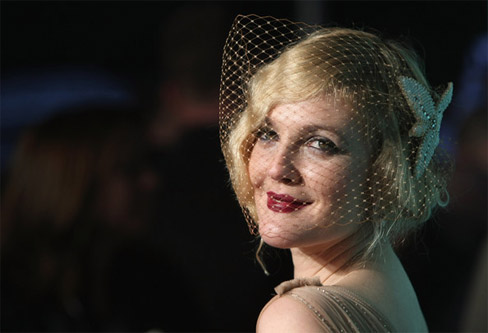
These veils do not extend past the chin and resemble many of the fascinators worn at events such as Ladies Day at Ascot. These are a very big statement and will show off how confident you are as a bride, they are very fashionable at the minute and tend to work well with the vintage 40’s and 50’s dresses that are currently so popular.
Shoulder length
 These veils are around 30” for a single tier and 54” for a double tier. They are perfect to allow you to show off bust, waist or back dress details and because they are very light they usually have a lot more volume than longer veils. This length of veil is fun and flirty but tends to be a bit relaxed for more formal weddings.
These veils are around 30” for a single tier and 54” for a double tier. They are perfect to allow you to show off bust, waist or back dress details and because they are very light they usually have a lot more volume than longer veils. This length of veil is fun and flirty but tends to be a bit relaxed for more formal weddings.
Waist Length
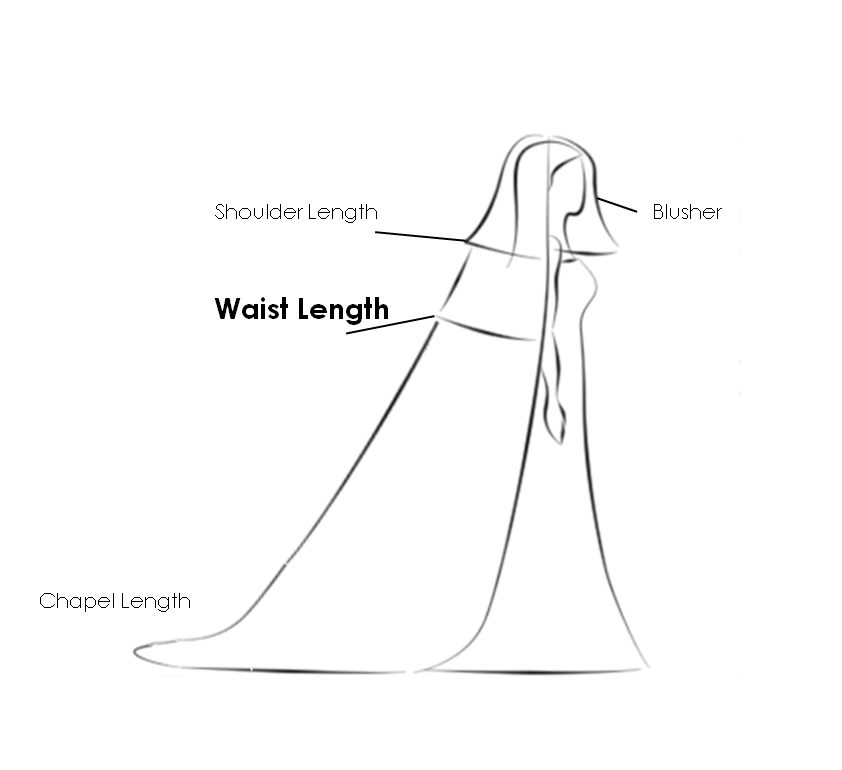 Waist length veils are typically labelled 72” for a double tier or 43” for a single tier. This length of veil is most popular with dresses that have a small or puddle train. This is a very good veil length if you were going to wear the veil in the back of your hair or wanted to show off any details on the lower parts of your dress.
Waist length veils are typically labelled 72” for a double tier or 43” for a single tier. This length of veil is most popular with dresses that have a small or puddle train. This is a very good veil length if you were going to wear the veil in the back of your hair or wanted to show off any details on the lower parts of your dress.
Chapel Length
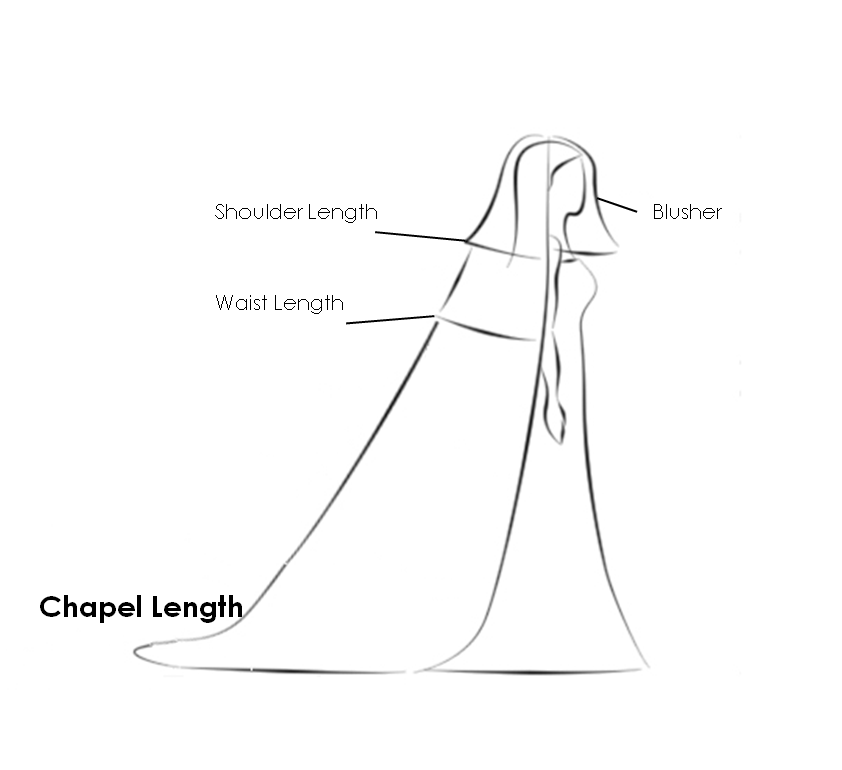 This length is often confused with Cathedral length and refers to veil that is a little longer than floor length. Typically double tiered veils are labelled as 126” and single tiered veils are 98” although there is far more variation at this length. Because some people call this length Cathedral, and a whole host of other things, it is important you try the veil on with your dress to eliminate any issues with interpretation.
This length is often confused with Cathedral length and refers to veil that is a little longer than floor length. Typically double tiered veils are labelled as 126” and single tiered veils are 98” although there is far more variation at this length. Because some people call this length Cathedral, and a whole host of other things, it is important you try the veil on with your dress to eliminate any issues with interpretation.
This length of veil floats across the floor behind you and is perfect for more formal events and dresses with long trains. This length can add elegance to a more traditional look and give a real “wow” factor when you first walk down the aisle!
What Colour?
This sounds silly but your veil should match the colour of your dress. This was far less confusing a few years ago when dresses were largely ivory or white but with the addition of a plethora of new colours (Diamond white, Alabaster, Pearl, Light Gold, Blush, Champagne to name but a few) it is vital that you try a swatch of the veil colour that you would like to order next to your dress and if possible in a few different lights to ensure you have a good match, many veil designers offer 15ish different colours so getting one to match your dress shouldn’t be an impossible task.
Tiers
Volume, volume, volume… as discussed above most veils come in a single or double tier and occasionally triple tiers;- these are measured in the same way as a double tier veil but are far less common. The more tiers you have the fuller the veil will be (with 2 or 3 tier veils you also have the option to wear the veil blusher covering your face)
Again the style of your dress impacts the design that you choose, a single tier veil can offer a modern, sophisticated look whereas a 2 tier veil can give an air of romance, particularly when you lift your blusher for your first kiss as husband and wife.
A short 3 tiered veil is very full and bouffant that suits 50’s style dresses perfectly, these are less formal but could be the big wow part of your outfit that you might be looking for.
When decided what veil to wear you should also thing about your hair do and in general the more tiers your veil has the simpler you hair should be…
Hairstyle
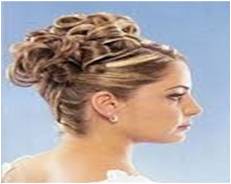
Your hairstyle plays a large part in determining your veil, for a long veil (Chapel or Cathedral length) or a heavy veil then they
will require the support of an up-do hair style to hold in place. A half up, half down hairstyle will be able to support moderate weight veils (waist length) and if you want to wear your hair down then it is probably best to stick with short or lightweight designs.
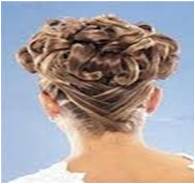
It is a good idea to have an idea of what you wanted to do with your hair before you buy your veil and buy well in advance so you can take the veil to your hair trial and discuss where to wear it (top or back of your head) and how to secure it in place, hairspray, pins clips etc.
Decoration
Veil decorations largely fall into a few categories; crystals, ribbon and lace.
The ribbon and lace edged veils tend to work well with structured dresses whereas a tulle or organza dress would work well with a raw cut or thin wound edge. It is often a nice touch to mimic some element of your dress in your veil but be careful not to overdo it.
Crystals also come in various forms, they can be flat backed and scattered over the veil, or they can be droplets sewn on to the edge or like beads on the edges or as an all over scatter. They also come in many different colours with the most popular being plain silver and AB crystals (Aurora Borealis – these crystals sparkle different colours that are similar to those in petrol spilled on top of water)
Face Shape
This is something that is not often thought about before a veil decision is made but something that becomes a bit more evident when you start to try veils on… A veil can frame or silhouette your face so it can help
Round face – look for a style that help make your face longer and slimmer, longer veils with some volume at the top of your head work well and you should avoid veils that are very full at the side of your face.
Square face – veils that suit a round face also tend to suit a square face with the addition of circular and cascading designs that can help soften an angular face.
Oval Face –you pretty much have an open choice although you should avoid very tall and narrow or short and wide veils to maintain your proportions
Rectangle face – a tall, thin face would benefit from a veil that has volume at the sides with very little on the top of your head in order
Body shape
Just as you can soften your face with a veil, you can help soften your body shape too..
Apple shaped – longer veils can help your silhouette and help make you appear taller and slimmer, waist length or longer is what you should be aiming for here.
Pear shaped – shorter veils can add volume to your shoulders, bust and waist to help even out your proportions
Full figured – single tiered veils work well on brides with a fuller figure as they don’t add any width you your outline
Wedding Venue
Indoors, outdoors, in a Church or abroad?
As mentioned above chapel or cathedral length veils are perfect for more formal events but aren’t necessarily suitable for all occasions. A longer veil might become unruly in windy situations and need more assistance than they normally would in a church setting.
Longer veils also pick up marks very easily so if you are getting married in a garden or beach setting then your veil train would get dirty very quickly and it would be better to stick with shorter or face veils.
If you are lucky enough to be jetting off to somewhere very hot for your special day then a shorter veil would be more comfortable in the heat then a longer veil…
This is a bit of information overload and really the best advice is to get to your local bridal wear shop and get trying on!


